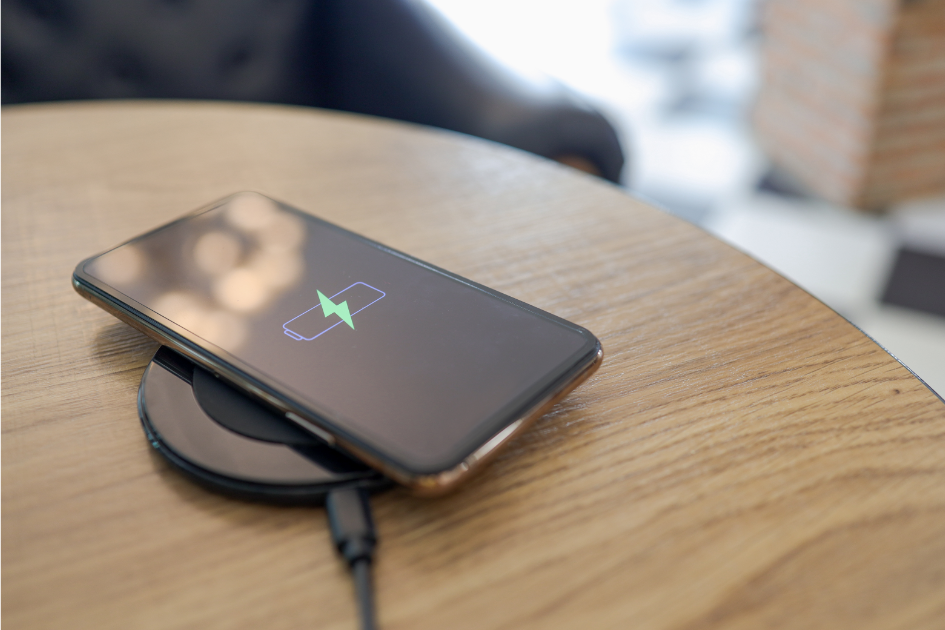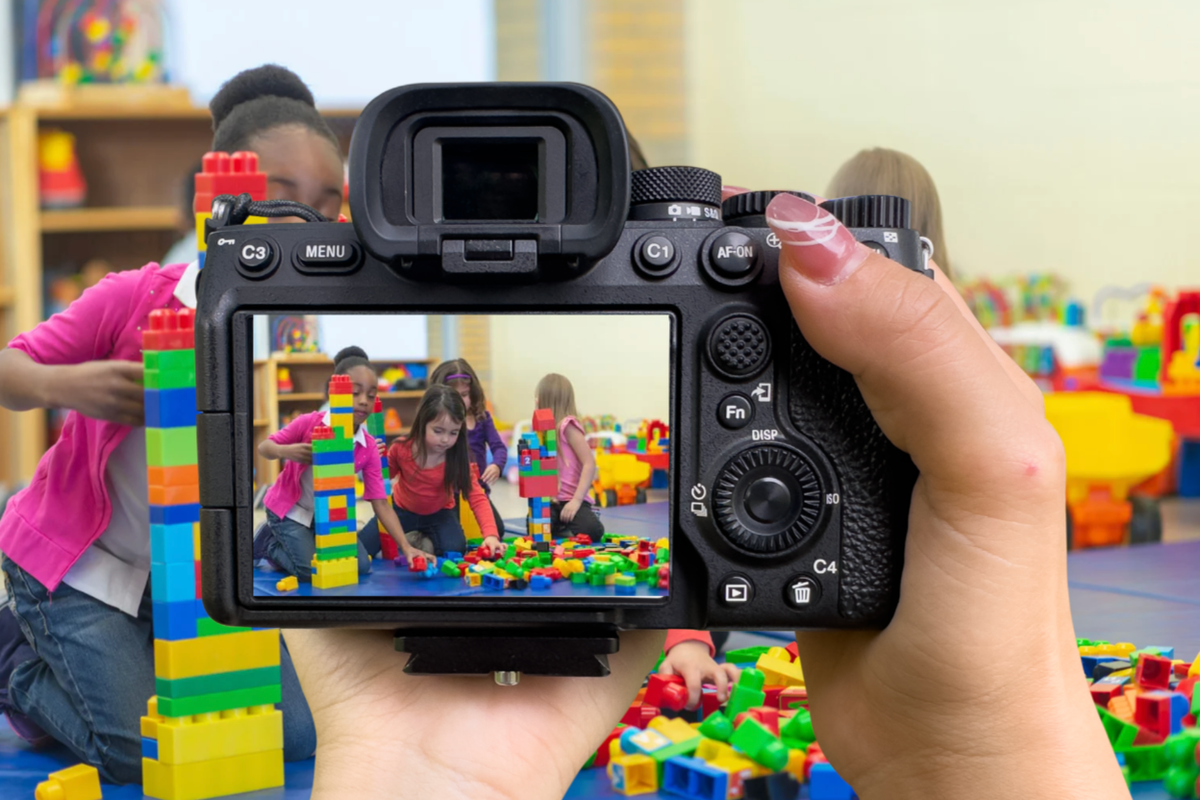The 'How would a male author describe you?' Twitter challenge is a lot of fun.
"She had an ass like a plump popsicle and I deigned to admire her."
Can male authors write powerful, strong, and accurate female characters? Totally. Do many struggle with it? Well...
Author Gwen C. Katz was scrolling through Twitter, reading a thread about members of marginalized groups advocating for more work written by marginalized individuals. Of course, it went haywire — especially when a man just had to jump in to assure others that he was every bit as capable of writing an accurate female character as any woman.
"I think writers should be able to write from any perspective as long as they can pull it off. It takes research, skill, and creativity, but if a good writer can't do those things, he/she isn't a good writer, right?" he wrote. "My book is a first-person [point-of-view] and the [main character] is a woman. I'm definitely not a woman. But it works because I was able to pull it off. I reject someone saying I couldn't write a female [main character] because I'm a male, because, well, I just did. It's called writing."
Oh boy. Was he able to pull it off?
"I sauntered over, certain he noticed me. I'm hard to miss, I'd like to think — a little tall (but not too tall, a nice set of curves if I do say so myself, pants so impossibly tight that if I had a credit card in my back pocket you could read the expiration date. The rest of my outfit wasn't that remarkable, just a few old things I had lying around. You know how it is."
The thread (which you can read in its entirety here) included a few other choice passages from chapter one of this mystery book, but the point was made: Some guys just don't know how to write about women without being really weird about it.
Now, maybe you're saying to yourself, "Sure, but that's just one guy that nobody's heard of." Fair point. For another example, which was uncovered by writer Julia Carpenter, let's look to renowned author John Updike:

It's not limited to books, either. Take, for instance, this 2016 Vanity Fair profile of actress Margot Robbie, which begins:
"America is so far gone, we have to go to Australia to find a girl next door. In case you’ve missed it, her name is Margot Robbie. She is 26 and beautiful, not in that otherworldly, catwalk way but in a minor knock-around key, a blue mood, a slow dance. She is blonde but dark at the roots. She is tall but only with the help of certain shoes. She can be sexy and composed even while naked but only in character."
To be sure, there's nothing necessarily wrong with describing people or characters as sexy (though, if you don't understand how women pee, maybe don't try to go into detail about that). It's just that this type of writing is so formulaic, so common.
Twitter users had a bit of fun with the format after Whitney Reynolds recently offered a challenge: "Describe yourself like a male author would."
The replies were absolutely epic, with thousands of people responding.
Thanks to a new chart from Electric Literature, creating your own personal description is as easy as spelling your name.
The result follows this format: "She had ____ like a ____ ____ and I ____ to ____ her."
For instance, if your name were Sarah, your description would read: "She had knockers like a silken princess and I longed to proposition her." If your name was Brittany, you'd get: "She had a bust like a shrill popsicle and I ached to fondle her."
Fun, right?
"The Twitter challenge originated in response to a man who was claiming that his female characters were so convincing, they proved that there's no need to elevate a wider range of voices. White male writers can do it all!" Electric Lit editor-in-chief Jess Zimmerman says. "But when writers take on characters they don't really understand or respect, what you end up with is a kind of puppet show: all the 'real people' look the same, and everyone else is just a weak, potentially offensive bit of 2D guesswork. This is not actually good for the state of literature! It's alienating to readers and impoverishing for books."
Zimmerman elaborates, clarifying that she knows it's #NotAllMen who do this, chalking the prevalence of the detached and unnecessarily sexualized descriptions as the result of a culture that never really asks men to see things from a woman's perspective.
"That's why the joke in our generator is that the woman is described according to the man's reactions: a lot of male writers, including famous ones, never get any closer to 'imagining a woman's experience' than 'imagining my experience of a woman.' But keen observation, empathy, and the ability to take on someone else's perspective are crucial novelist skills. Male novelists should relish the effort it takes to do better."



 TikTok · Ale
TikTok · Ale

 Phone charging.
Phone charging. bill nye chemistry GIF by NETFLIX
bill nye chemistry GIF by NETFLIX 
 A happy woman in the Netherlands.via
A happy woman in the Netherlands.via

 Thumbs up
Thumbs up  Woman in chair.
Woman in chair. 